Laboratory of Stories
The Laboratory Stories is the new digital space of the Museums of the Dolomites with more than 2000 multimedia contributions co-created by museum operators, curators, residents and enthusiasts of the nature, culture and history of this priceless UNESCO World Heritage Site.
Inclined Living
Steep slopes sharpen the wit! Discover the solutions adopted over the centuries by mountain peoples to make themselves at home in this steep, rugged terrain.
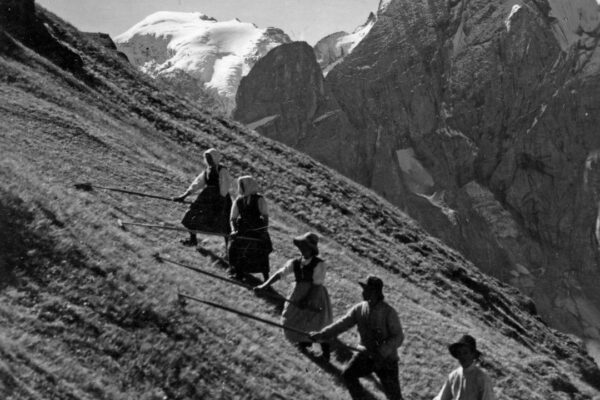
The climb that tiers
Slopes have always been part of life for the people of the Dolomites, forcing them to constantly go up and down the mountain: from sleds for transporting hay in winter to crampons to stop one slipping. Living on a slope sharpens your wits!
Find out more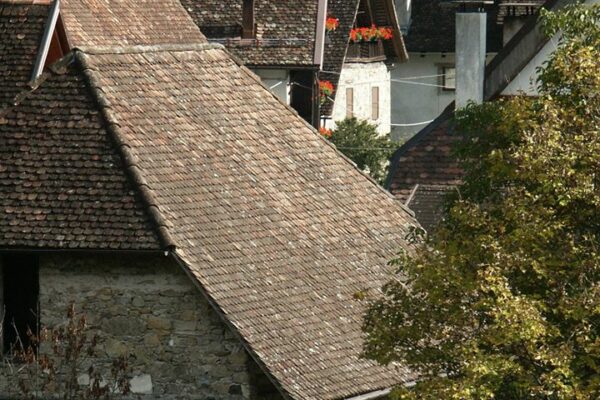
Living at an angle
The sloping terrain has influenced the way mountain villages developed but also how houses and barns were built. One such method, the “blockbau” system, even allows you to dismantle your home and move it elsewhere if, for example, there is the threat of a landslide.
Find out more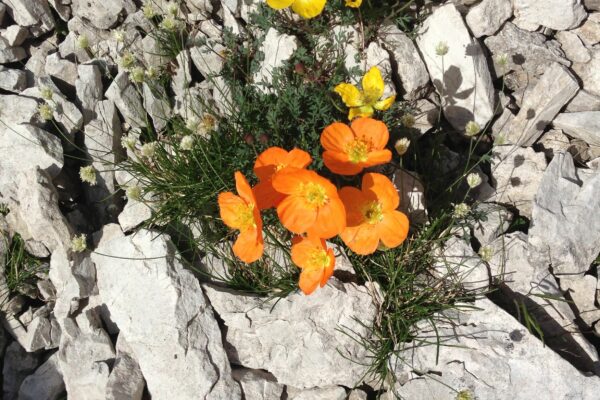
Adapting to high altitude
Snow and ice, wind and freezing temperatures, scorching sun and falling rocks: it is hard to settle in places with extreme and unstable conditions. But some people manage it. Who are they? And how do they do it? Let’s find out!
Find out moreHands in stone
Hard and brittle, ancient and always in motion, rock is the raw material of the Dolomites landscape. It’s home, it’s a fossil, it’s a wall to climb… it’s a treasure trove of stories to discover.
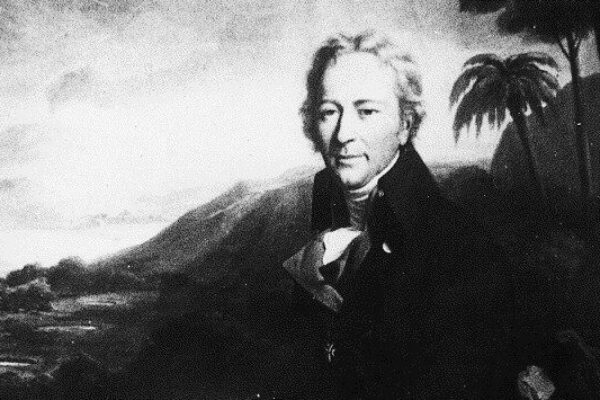
A passion for rocks
From the pale shades of sandstone to the brilliance of red ammonite, and from the “scaglia rossa” of Feltre to the zeolites of Agordino rocks are not only like beautiful pictures; they are also like books containing the history of millions of years.
Find out more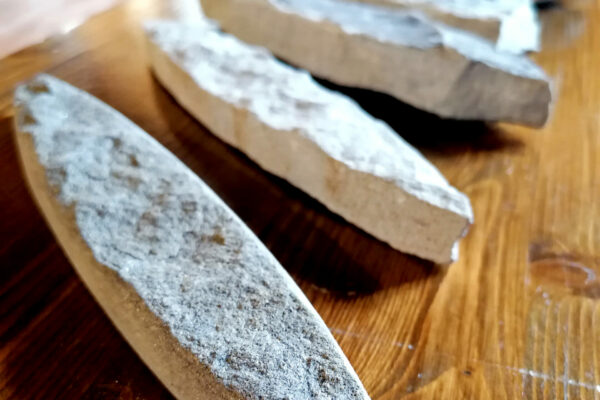
Working with stone
The life of high-altitude quarry workers, the mastery of the stonemasons, the tunnels of the miners and soldiers: discover how rock has been the pillar of life, agriculture and economy in the mountains, support for entire families and many trades.
Find out more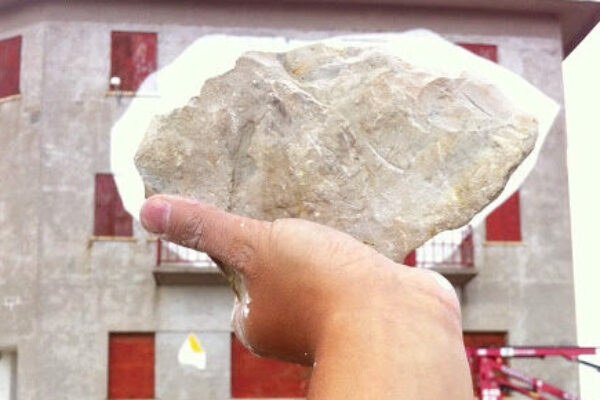
Shaping, creating, living
Rock has no life of its own, but it has memory; it stores the history of architecture, domestic life, craftsmanship and contemporary art. Discover the many meanings it has garnered in the Dolomites, how men and women have shaped it and have, in turn, been shaped by it.
Find out moreVoices of the mountain
Close your eyes and listen to the voices of the Dolomites. Some are barely audible: the creaking of ice, the chirping of insects, the whispers of trees. Others are loud and recognisable: the bleating of deer, the roaring of streams and the whistling of marmots.
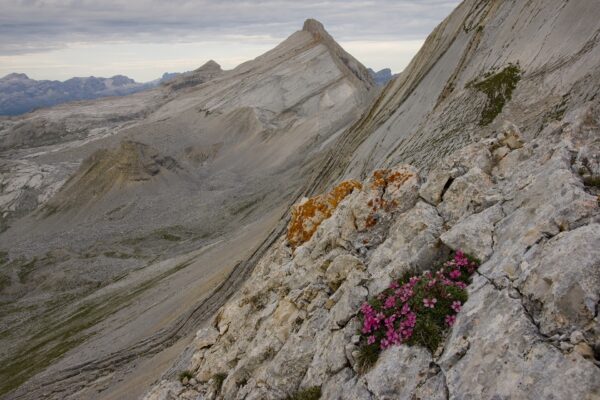
Hiking in the mountains
Some sounds are barely audible: the creaking of ice as it thaws, the chirping or buzzing of insects and the whispers of trees. Others are loud and recognisable: the bleating of deer, the roaring of streams and the whistling of marmots. Close your eyes, and get ready to listen to the voices of the Dolomites!
Find out more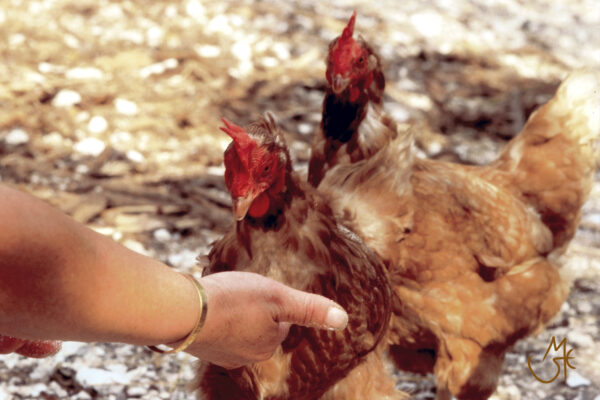
At work
The Dolomites are also home to man-made sounds such as cowbells, spinning wheels and the chopping of wood. We can still hear them echoing in the meadows and on the trails. They speak to us of a time when life was slower. They are the sounds of work that give rest to the ear.
Find out more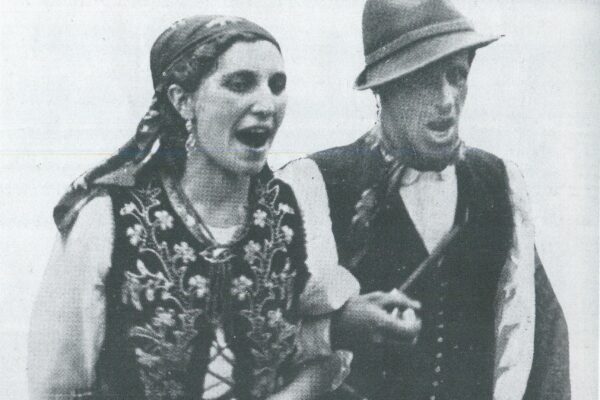
In front of the hearth
The voices of the mountain are dialects, songs, proverbs, nursery rhymes and stories for children to share in front of the hearth. Today, this immense heritage of sound can be shared with the whole world. Sit back and listen to the stories the Museums have collected for you: Once upon a time…
Find out moreLandscape of life
They were once atolls surrounded by a tropical sea; then, they became mountains. Finally came human settlement shaped by countless generations benefitting from alpine resources while preserving them for the future. Find out how
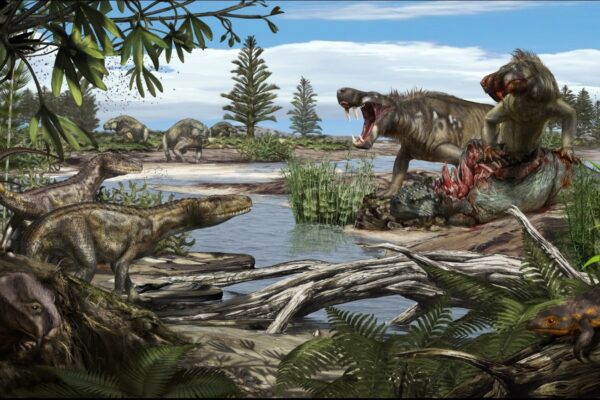
Before the mountains
Today we see the Dolomites as impervious and impassable, but over 200 million years ago, this area was occupied by a great sea inhabited by molluscs, corals, algae and sponges. Imagine sitting on one of these warm beaches and looking around. What do you see?
Find out more
Managing and transforming the landscape
Mankind has altered the Dolomites landscape ever since its arrival. Much of what seems ‘natural’ to us has actually been shaped by the wisdom of generations who have been able to consciously manage the land and benefit from it.
Find out more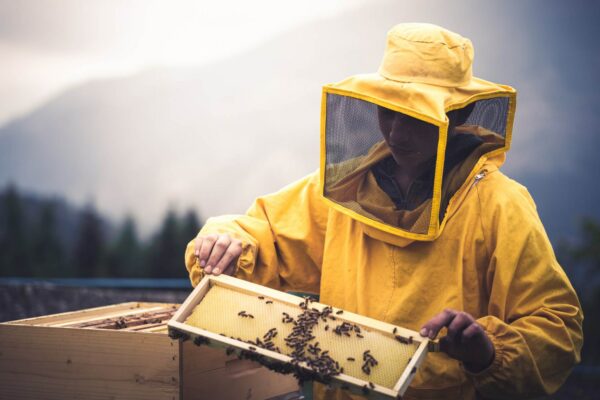
Living FROM the land
Pastureland for meat and dairy products, flowers for honey, land for seeds: the soil has always fed the inhabitants of the Dolomites and, today, the time has come to rediscover the ancient knowledge and restore harmony with nature and the care of the environment.
Find out moreDolomythic Women
Women’s roles in the Dolomites have always been essential and varied – from supporting the family to discovering the summits, guided by a curiosity that seeks new answers for the present as well as the future.
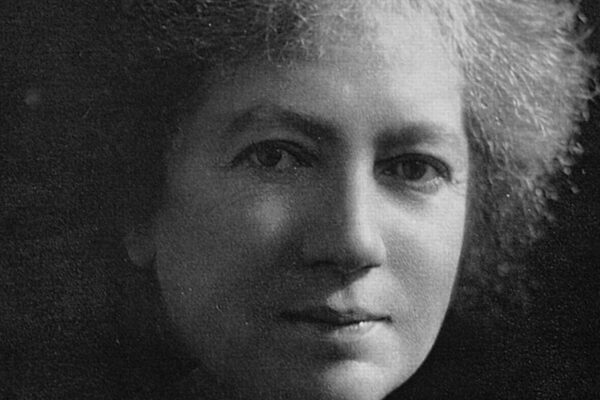
Pioneering women
This gallery is dedicated to the women who made (and wrote) the history of the Dolomites. Women who, in a time not so distant from our own, broke down gender categories by demonstrating that each of us has the strength to accomplish any feat we set our mind to.
Find out more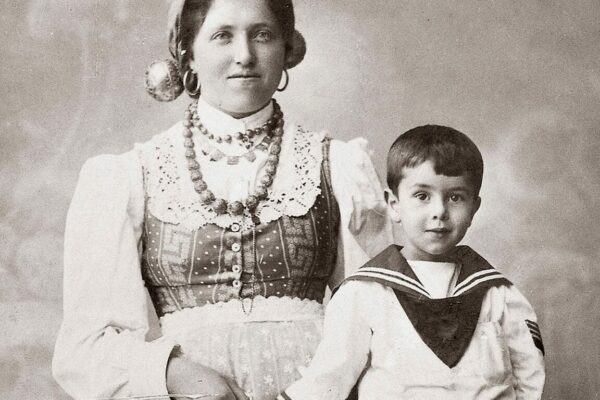
Between family and work
These are the stories of war refugees, Carnic carriers [women who carried supplies to the Alpine soldiers], nursemaids and “Sedonere”. They are our grandmothers, our mothers, and our aunts. This gallery collects their stories of strength, independence, courage and kindness.
Find out more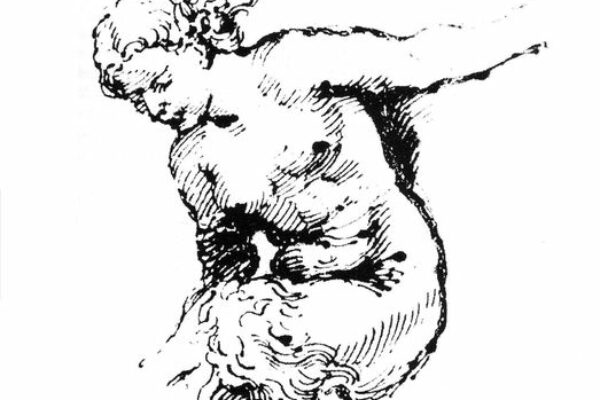
Feminine figures in the collective imagination
Water nymphs, toothless or goat-footed creatures, beautiful maidens with gentle voices: in how many ways has the female figure been represented in the popular imagination of the Dolomites? Come and find out by visiting this gallery!
Find out moreMountain rites
A journey through the centuries and into the present: religious practices, festivals, myths and historical events that compose the Dolomites imagery and change perceptions of the mountains while continuing to evolve through art, memory and interpretation.
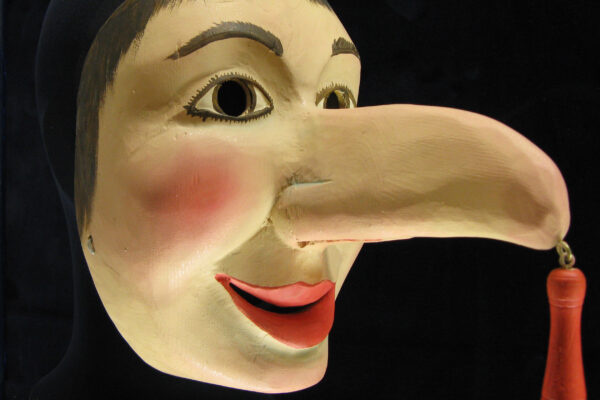
The masquerade
They are passed down from generation to generation. They are the traditional masquerades that take place in many villages in the Dolomites: like the Gnaga, Matazìn, Bufón, Smotazìn, Zinghenésta and Babarat delle Rivate. But who are they and where do they can from?
Find out more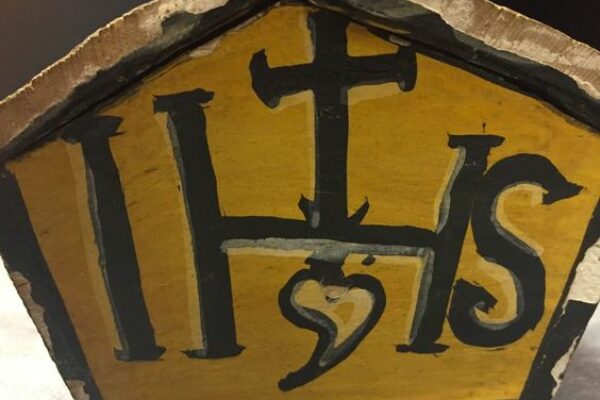
Between the sacred and profane
Rituals transform places and are transformed by them in turn. They accumulate like layers of paint on the psyche and in the imagination. They even continue to act on the psyche long after they have been forgotten, spanning the spectrum from sacred sources to the ritual ‘sacrifices’ of the holidays as a tapestry that unravels through time and space.
Find out more
Time Suspended
There are experiences in the mountains made up of suspended time and slow breaths that make us forget for a moment our worries and preoccupations. Imagine the magic of a mountain choir and a concert on the highest peak as the sun rises. Do you want to listen?
Find out moreBeyond the pass
Beyond the peaks, pastures and pinnacles stretch new valleys and cultures. The passes are the key to discovering them, and this is their story in the Dolomites.
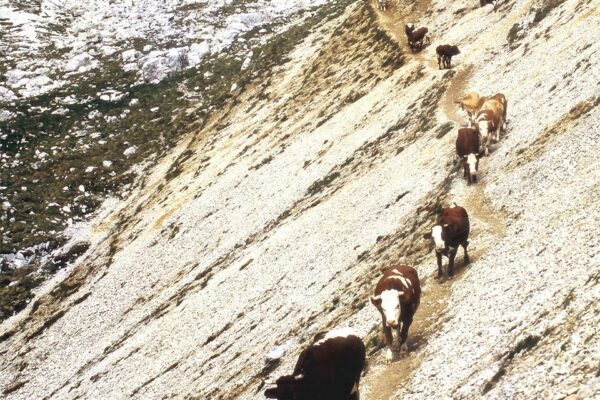
Crossings
No matter how high and rocky the Dolomites, men and women have always found a way to get across them. The history of travelling through the mountains is made up of many stories; with great events, social changes, historic and modern tourism, and small everyday dealings all connecting and overlapping in a seamless way.
Find out more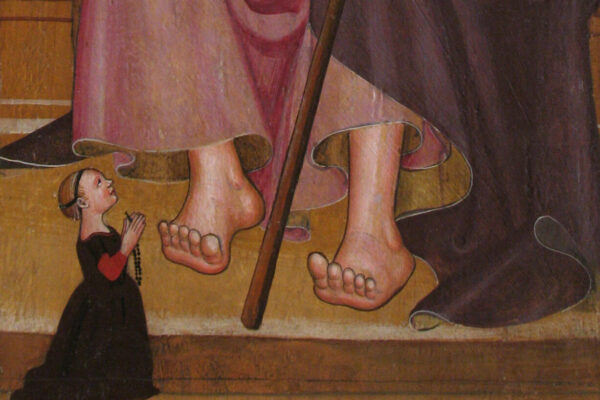
Points of contact
Mountains are permeable barriers and people pass through with their languages, cultures and traditions. Such contacts may be peaceful or not, but they change history either way: find out how!
Find out more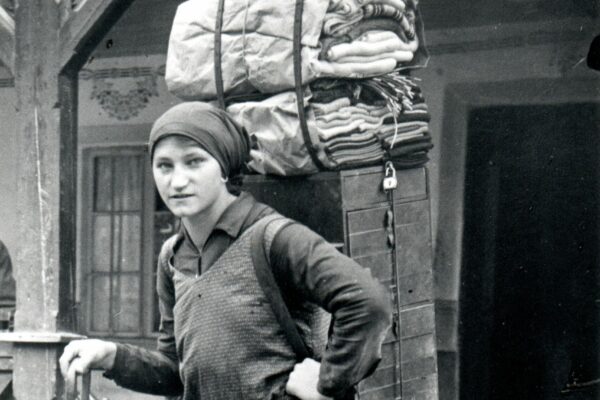
A shop on your back
The passes were through-routes for many tireless peddlers with their shops on their backs! Chair-makers, shoemakers, knife-sharpeners, umbrella-makers, chimney sweeps, cobblers, sellers of popular prints, masons, painters and decorators: explore their stories by clicking on the photos!
Find out moreSports’ culture
Sport is one of the innovations that has changed the history of the mountains. Now, the economy of entire Dolomite valleys depends on it. It’s a social phenomenon that combines passion, health and many stories about small, large and very large businesses.
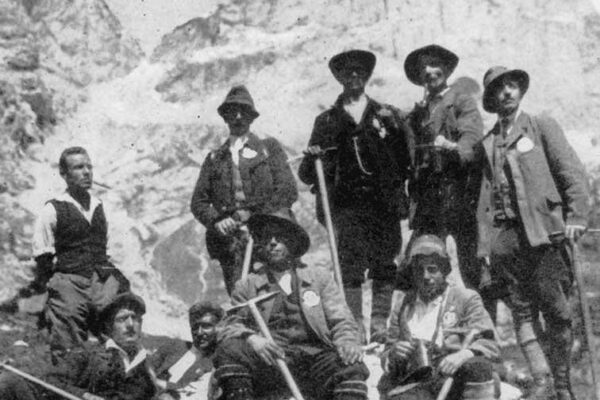
Past and present pioneers
Every frontier has its pioneers In the Dolomites, the rocky peaks were the great unknown, and the mountain guides were the explorers who led the first wealthy tourists to discover the peaks. This story takes place at the time in which mountaineering was born.
Find out more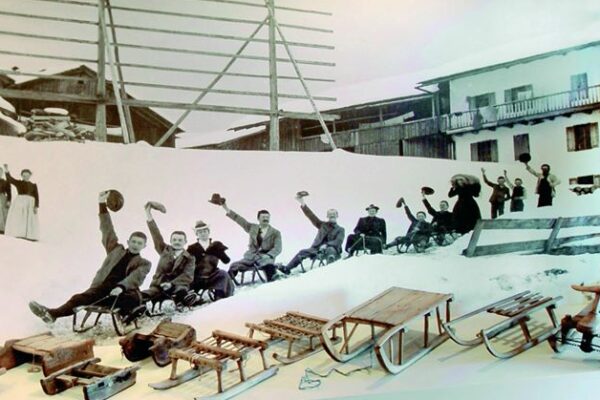
Along the trail
Economic necessity and play all glide through the snow today, just as they did in the past. From sleds to skis, from snowshoes to skates, to large sledges for hay and wood, these were the beginnings of a great, continuously self-renewing passion.
Find out more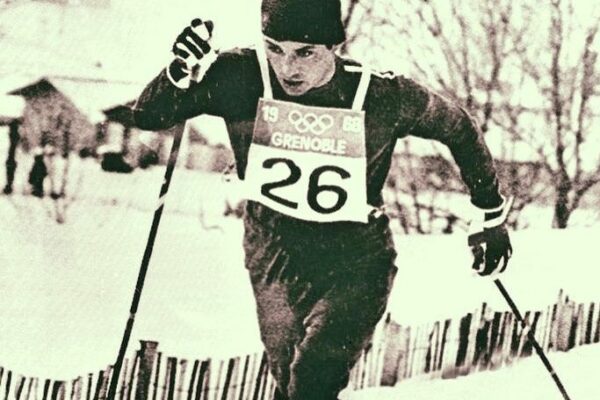
Sport and the land
The Winter Olympics, the World Ski Championships, the World Cup, the Marcialonga, the Dobbiaco-Cortina, and the Giro d’Italia. What does the athletic Hero’s Journey look like in the Dolomites? In what spirit did people compete? What type of future have sporting events opened up?
Find out moreWalking tales
The mountains are a place of trails and of stories. Even when we walk along the same trail, our experiences are different each time, coloured by words or silences, the stories of those who have passed by before and by timeless legends.
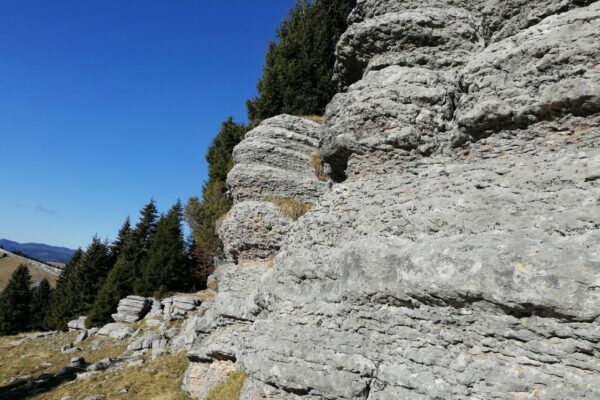
Tales among the rocks
The Dolomites themselves are an open-air museum: a discovery at every step. Here is a walking guide for discovering the nature, landscapes and geology of the Dolomites along the routes selected by the local museums.
Find out more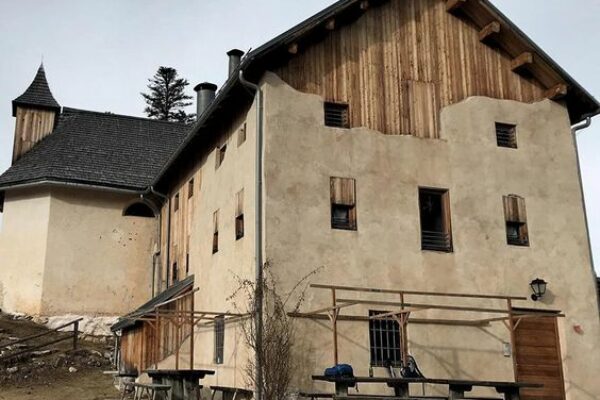
Trails through time
Going on foot means reading the traces of history on the landscape, which we can think of as a great, “far flung museum” on the sites of the Great War, and of popular legends, religion, art and archaeology of the Dolomites.
Find out more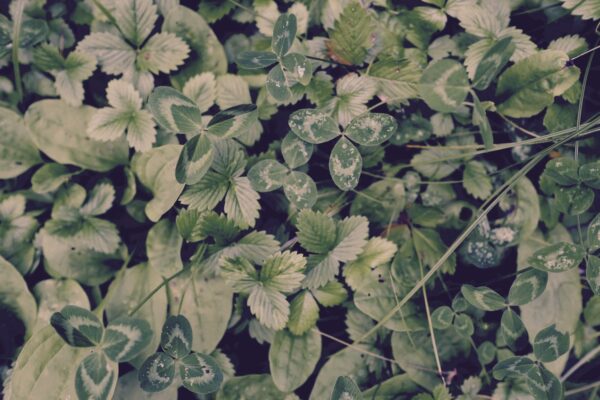
The Dolomites at a slow pace
You’re going to want to travel at a slower pace in the Dolomites, letting yourself be inebriated by the smells, sounds and colours of the panoramas… and the emotions too! This ever-evolving gallery is dedicated to you, your memories and what the ‘mountains’ mean to you.
Find out moreMy Dolomites home
A place for new arrivals and those who return time and again, they can welcome both old and new inhabitants. Let’s start with the stories of people who left the Dolomites to emigrate elsewhere and then come to those who decided to stay or return to their Dolomites.
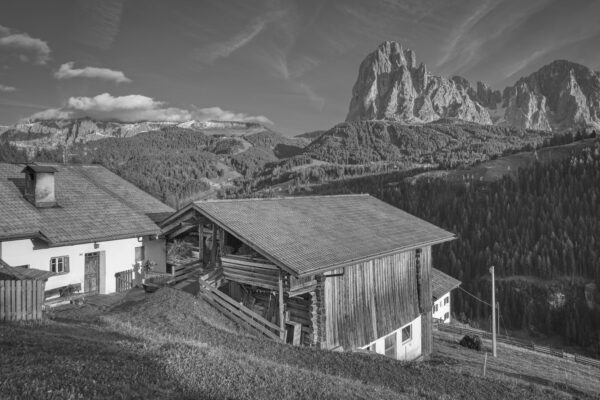
Places and ways of living
How many ways are there to inhabit the Dolomites? From the first Roman “viles” to the mountain farms and communal spaces of yesterday and today: huts and taverns, church and school, fountains and wash-houses, mountain life has a common thread, sharing.
Find out more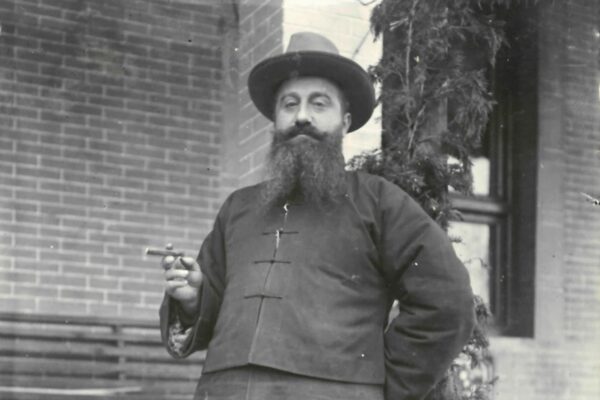
There and back
Stories of emigration are stories of departures and returns. You leave with your own world, and when you return, you bring back with you everything you have encountered along the way. The home becomes a space of the soul, made up of all the places that have shaped us.
Find out more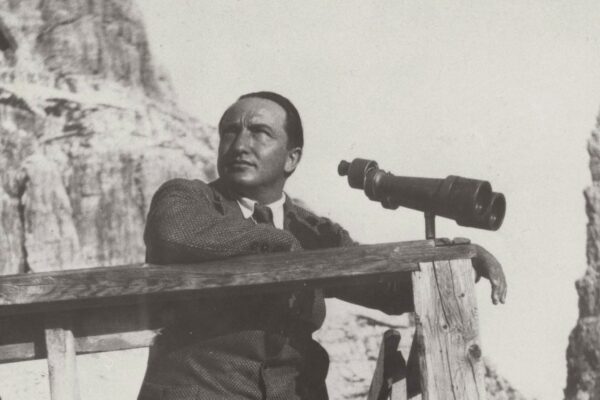
Art at home
Artists take the beauty of the Dolomites, transform it, and give it back. From the past to the present, here is a journey through the various works that tell the story of the Dolomites and give us pause to reflect on the changes that have taken place in them up to now.
Find out moreDifferent times
How many eras have there been in the mountains? There was the era of the trails, the era of grass growing in the high-altitude pastures and the eras of ancient crafts, geological time and music. Which era belongs to you? Stop in to find out.
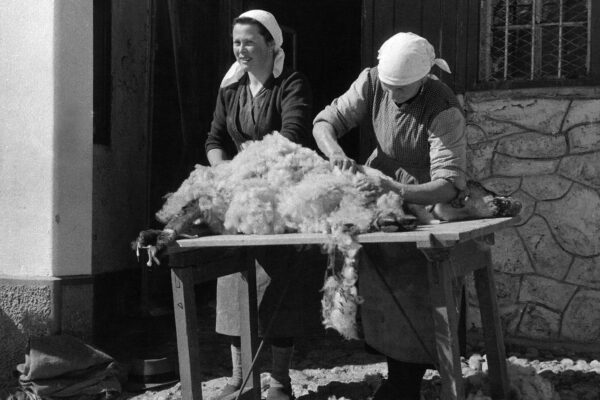
Back in my day
Time is like breath: it can be fast, slow, deep or shallow. Back then, it would take us longer to do everything: moving from one valley to the other, building or receiving. Confronting ourselves with those times helps us better understand our present.
Find out more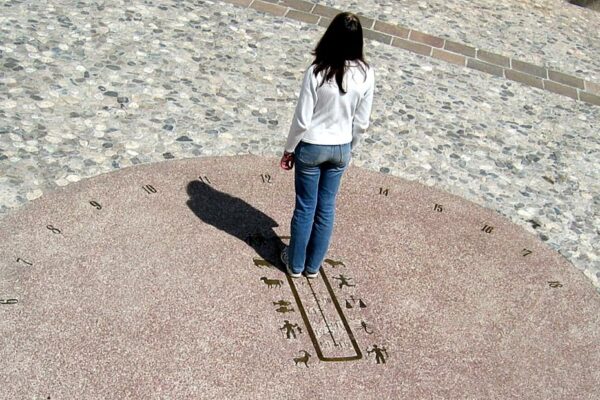
Time and ways to measure it
Every person has their pace. And it’s not always the same. Even in the Dolomites, time varies depending on whether you measure it with the sun, water, mechanical gears or super-fast digital devices. And you? What is your pace like when you cross the Dolomites?
Find out more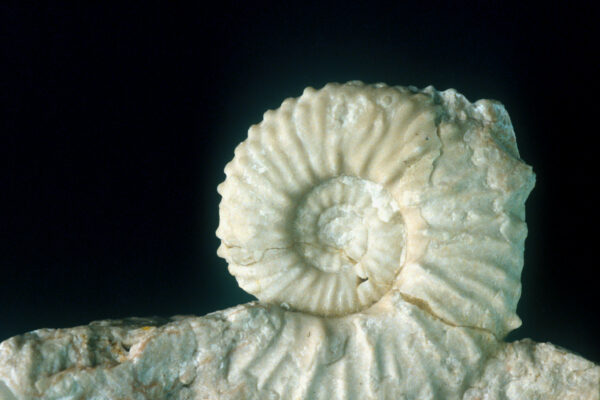
The ancient breath of the earth
Nature measures time in many ways. Millions of years, seasons or moments: each is a cycle of life on the planet. Learn more about the plants and animals of the Dolomites from the Triassic to the present!
Scopri di piùFind out more
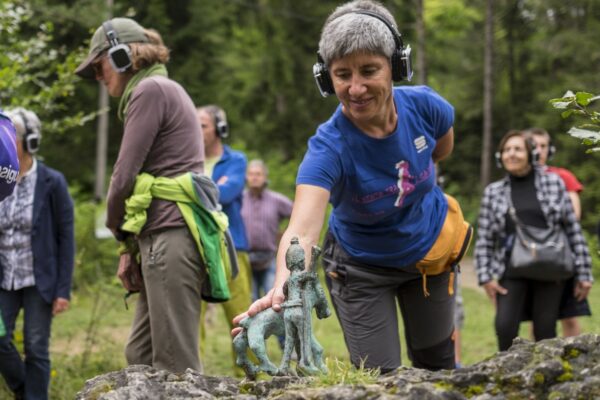
Discovering the musems
There are many museums in the Dolomites, and each one reveals one facet of a heritage as great as our mountains. Discover them all on the UNESCO Foundation portal Visitdolomites.com.
Go to the Website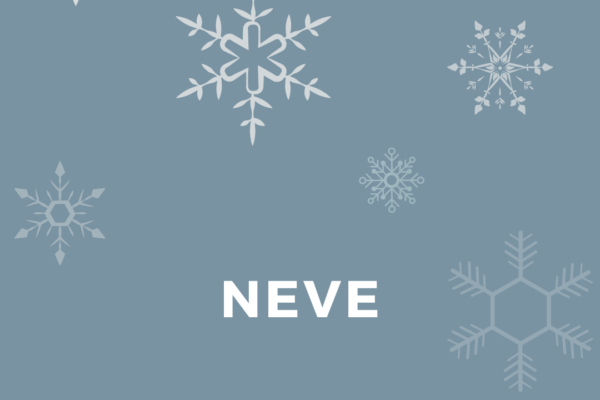
The glossary of snow
Not all snow is the same, as the people of the Dolomites know very well; there is icy snow and snow that falls in thick blankets, heavy snow and light, drifting snow blown about by the wind. Discover the many ways you can say snow in the Dolomites!
Explore the glossary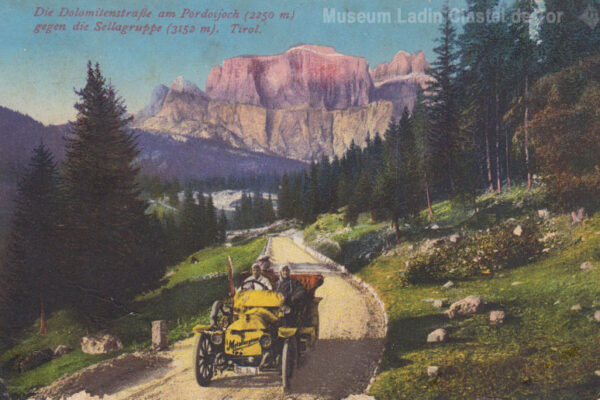
Play with us
Discover the DolomitesMuseum in this delightful, interactive multiple choice game. Quick and fun.
Go to the game
